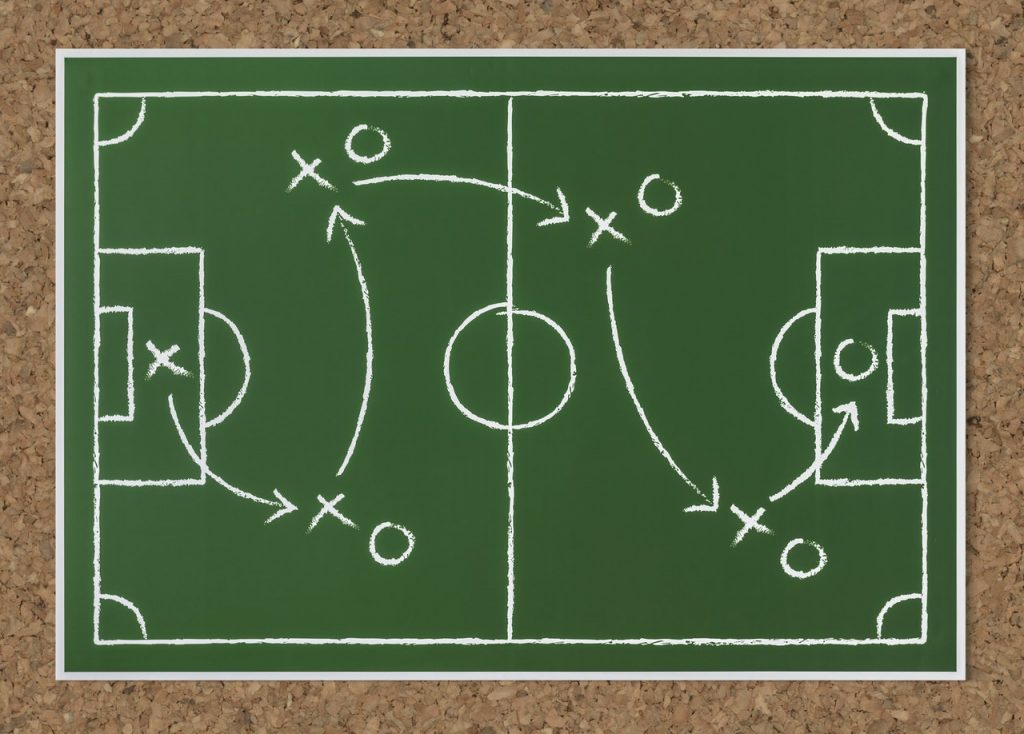
The digital signage industry is entering a new phase. Automation is taking over, to the joy of content administrators. You’ve probably heard about facial recognition, rule-based programming, meta tags, content triggers… All these technologies are coming together and changing how we publish content to our screens.
When properly implemented, automation can provide big productivity gains, especially with very large screen networks. You can manage huge content libraries and ensure each image or video will be seen by the right audience, at the right time, with near-perfect acuracy.
Use meta tags and rules to determine how, where and when content can be seen. With automation, you don’t rely entirely on schedules. A single word in a RSS feed or a person’s physical traits can trigger any media instantly.
Advertised products can change dynamically within a programmed day-part, adapting to stock levels and competitive pricing in real-time. Ads for overstock items are shown more often, or pulled as soon as stock levels return to normal without any manual intervention.
Content can be triggered based on a variety of factors like the audience’s age, gender, or some other other physical aspect. Content can also be triggered by proximity using sensors and beacons.
Marketers and advertisers can achieve any scenario by combining these techniques.
Here’s an example… Take a morning playlist scheduled from 6:00 am to noon that contains tagged content (based on screen orientation and type of viewership). Meanwhile, a conditional rule is monitoring a social media feed ready to launch different content when a word match is encountered.
In this case, portrait content would only be shown on portrait screens. Content tagged as public would be shown on customer facing screens while private content would only be shown to staff members. Should someone make a mistake and drop the wrong content in the wrong playlist, the content would simply be ignored. Meanwhile, the company announces record revenues and suddenly all internal screens display a congratulatory message to employees while customer screens show a different message.
In this scenario, scheduling and tagging are the only manual processes. Everything else is dynamic.
Rules and tags provide peace of mind. Content will only play where and when it should so there are less mistakes. Complex programming scenarios can be executed quickly and more reliably.
This is why your digital signage CMS should support playlist based scheduling, tagging, rule-based programming and provide dynamic features like conditional triggering.

